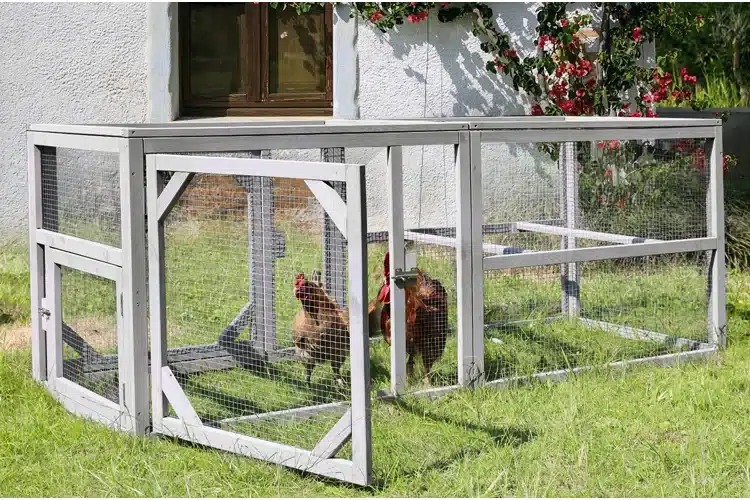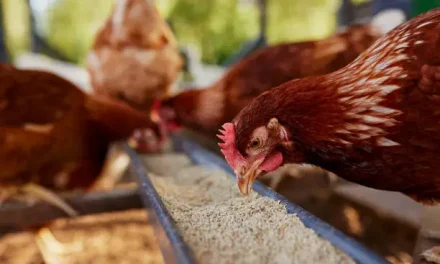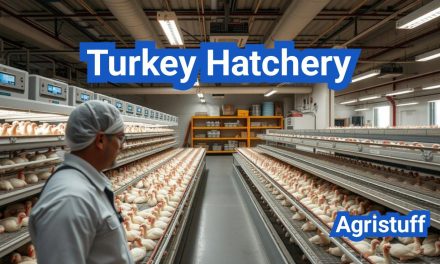If you’re a poultry enthusiast or a backyard farmer, you’ve likely heard of chicken runs. These enclosed outdoor spaces are essential for keeping your chickens safe, healthy, and happy. Whether you’re a beginner or an experienced chicken keeper, understanding how to design and maintain a chicken run can make a world of difference for your flock. In this guide, we’ll explore everything you need to know about chicken runs, from their benefits to practical tips for building one.
What Are Chicken Runs?
A chicken run is an enclosed outdoor area where chickens can roam, scratch, and forage while being protected from predators. Unlike free-ranging, which exposes chickens to potential dangers, a chicken run provides a controlled environment that balances freedom and safety. It’s an essential component of any backyard coop setup, ensuring your birds get fresh air, exercise, and access to natural behaviors like dust bathing and pecking.
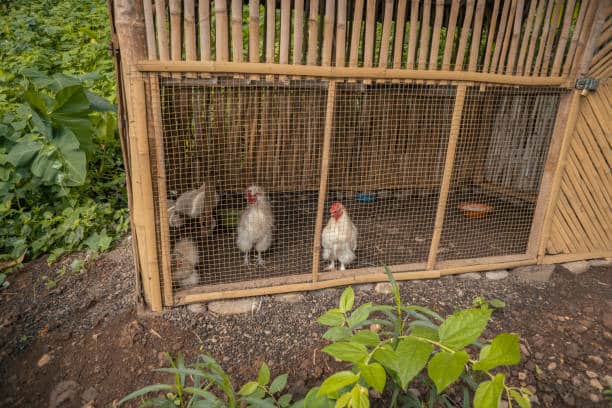
Benefits of Chicken Runs
- Predator Protection: One of the primary reasons to invest in a chicken run is to protect your flock from predators like foxes, raccoons, and hawks. A secure run with sturdy fencing and a roof can keep your chickens safe day and night.
- Health and Well-being: Chickens thrive when they have space to move around. A chicken run allows them to exercise, which improves their physical health and reduces stress.
- Garden Protection: If you allow your chickens to free-range, they might destroy your garden or flower beds. A chicken run keeps them contained while still giving them access to fresh grass and insects.
- Egg Quality: Chickens that have access to outdoor spaces often produce eggs with richer yolks and better nutritional value. A chicken run ensures they get the nutrients they need from foraging.
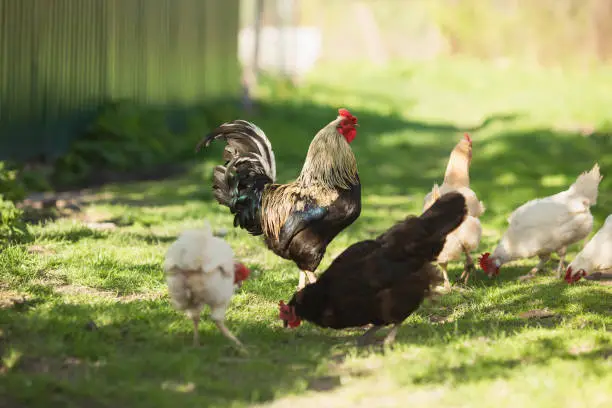
How to Build the Perfect Chicken Run
Building a chicken run doesn’t have to be complicated, but it does require careful planning. Here are some steps to get started:
- Choose the Right Location: Pick a spot that’s close to the coop but also provides shade and drainage. Avoid areas that are prone to flooding or excessive mud.
- Determine the Size: A good rule of thumb is to provide at least 10 square feet per chicken in the run. This ensures they have enough space to move around comfortably.
- Use Sturdy Materials: Opt for durable materials like hardware cloth or welded wire for the fencing. Make sure the run is covered to protect against aerial predators.
- Add Enrichment: Keep your chickens entertained by adding features like perches, dust baths, and hanging treats. This will encourage natural behaviors and prevent boredom.

Maintaining Your Chicken Run
Once your chicken run is set up, regular maintenance is key to keeping it functional and safe. Here are some tips:
- Clean Regularly: Remove droppings and replace bedding to prevent odors and pests. A clean run also reduces the risk of disease.
- Inspect for Damage: Check the fencing and roof for holes or weak spots. Predators can exploit even small gaps, so repairs should be done promptly.
- Rotate the Ground: If your run has a dirt floor, consider rotating the area or adding fresh soil to prevent the ground from becoming barren.
- Provide Shade and Shelter: Ensure your chickens have access to shade during hot weather and shelter during rain or snow.
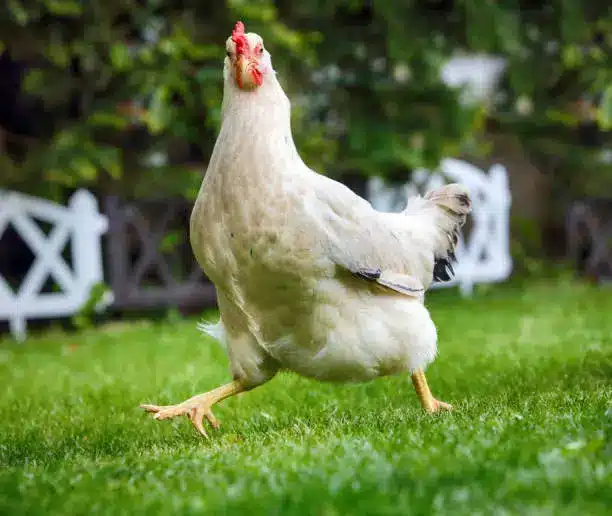
Common Mistakes to Avoid In Chicken Runs
When setting up a chicken run, it’s easy to make a few common mistakes. Avoid these pitfalls to ensure your flock stays safe and healthy:
- Insufficient Space: Overcrowding can lead to stress, aggression, and health issues. Always provide enough room for your chickens to roam.
- Poor Fencing: Using chicken wire instead of hardware cloth can leave your flock vulnerable to predators. Invest in sturdy materials for maximum protection.
- Neglecting Enrichment: A boring run can lead to behavioral problems. Add features like perches, logs, and treats to keep your chickens engaged.
- Ignoring Maintenance: A neglected run can become a breeding ground for pests and diseases. Regular cleaning and inspections are essential.
Conclusion
Creating a well-designed and maintained chicken run is one of the best investments you can make for your flock. Not only does it provide a safe and secure environment for your chickens to thrive, but it also enhances their overall health, happiness, and productivity. By following the tips and guidelines outlined in this article, you can build a chicken run that meets the needs of your birds while protecting them from predators and other outdoor hazards. Whether you’re a beginner or an experienced chicken keeper, a properly planned chicken run will make your poultry-keeping journey smoother and more enjoyable. So, roll up your sleeves, gather your materials, and give your chickens the outdoor space they deserve!

